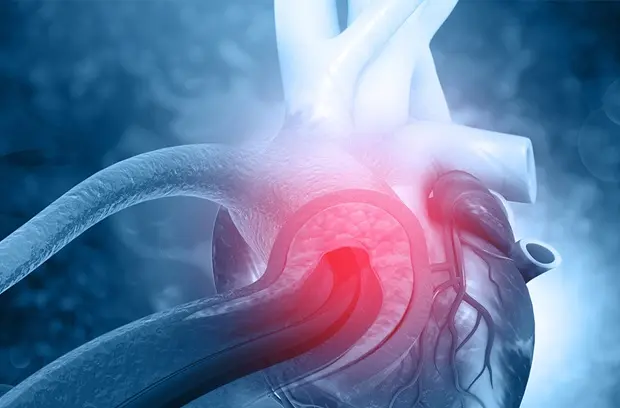
Types of Cancer Treatment
Cancer treatment generally falls into several categories, each targeting the disease in different ways. Patients may undergo one or a combination of these treatments based on their specific diagnosis. It's essential to understand each type of treatment and its purpose to make an informed choice in consultation with your healthcare team.
Common Cancer Treatment Options:
- Surgery: Often used to remove tumors or cancerous tissue from the body.
- Chemotherapy: Uses drugs to kill or slow the growth of cancer cells.
- Radiation Therapy: Uses high-energy rays to target and destroy cancer cells.
- Immunotherapy: Boosts the body’s immune system to fight cancer.
- Targeted Therapy: Targets specific molecules involved in the growth and spread of cancer cells.
- Hormone Therapy: Used for cancers that rely on hormones to grow, such as breast or prostate cancer.
Surgery: Removing Cancerous Tissue
Surgery is one of the most common treatments for cancer and is often used to remove the primary tumor. In some cases, surgery is combined with other treatments such as chemotherapy or radiation therapy to improve the chances of success.
What Surgery Involves:
- Tumor Removal: Surgery aims to remove the tumor entirely, along with any surrounding tissue that may be affected.
- Preventive Surgery: In some cases, surgery may be performed to remove organs or tissue at high risk for developing cancer, even before cancer is diagnosed.
- Debulking: If the tumor cannot be completely removed, surgery may involve reducing the size of the tumor to make other treatments, like radiation or chemotherapy, more effective.
Chemotherapy: Destroying Cancer Cells
Chemotherapy involves the use of powerful drugs to kill or slow down the growth of cancer cells. Chemotherapy can be administered in various ways, including intravenously or in pill form, and is often used in combination with other treatments.
Key Points About Chemotherapy:
- Systemic Treatment: Chemotherapy works throughout the body and can target cancer cells that have spread.
- Side Effects: While effective, chemotherapy can have side effects such as nausea, hair loss, and fatigue, as it also affects healthy cells.
- Treatment Schedule: Chemotherapy is typically given in cycles, alternating between periods of treatment and rest to allow the body to recover.
Radiation Therapy: Targeting Cancer with Precision
Radiation therapy uses high-energy rays to target and destroy cancer cells. It is often used in conjunction with other treatments like surgery or chemotherapy, especially in cases where tumors cannot be fully removed.
| Treatment Type | What It Targets | Benefits |
|---|---|---|
| External Beam Radiation | Tumors located deep within the body | Focused radiation to destroy or shrink the tumor. |
| Internal Radiation (Brachytherapy) | Cancerous tissues within specific areas, such as the prostate or cervix | Delivers high doses of radiation directly to the tumor. |
| Stereotactic Radiosurgery | Small, well-defined tumors in the brain or spinal cord | Precise treatment that minimizes damage to surrounding tissue. |
Immunotherapy: Harnessing the Immune System
Immunotherapy helps the body’s immune system fight cancer by stimulating it or enhancing its ability to recognize and destroy cancer cells. This treatment has shown significant promise for cancers that were once difficult to treat with traditional methods.
Key Aspects of Immunotherapy:
- Cancer-Specific: Immunotherapy targets the cancer cells specifically, reducing harm to healthy tissue.
- Types of Immunotherapy: Includes checkpoint inhibitors, monoclonal antibodies, and vaccines.
- Evolving Treatment: Immunotherapy is still being researched, but it has become a valuable tool for certain cancers like melanoma and lung cancer.
Targeted Therapy: Precision Treatment
Targeted therapy is a type of cancer treatment that specifically targets the molecules that help cancer cells grow and divide. By blocking these molecules, targeted therapy can help stop or slow cancer progression with fewer side effects compared to chemotherapy.
Benefits of Targeted Therapy:
- Precision Treatment: Focuses directly on cancer cells, limiting damage to healthy cells.
- Fewer Side Effects: Compared to chemotherapy, targeted therapy often causes fewer side effects.
- Treatment Options: Commonly used in cancers like breast, lung, and colorectal cancers, depending on the genetic mutations involved.
Hormone Therapy: Blocking Hormone-Driven Cancers
Hormone therapy is used to treat cancers that are driven by hormones, such as certain types of breast and prostate cancer. This treatment either lowers the amount of hormones in the body or blocks the hormone receptors on cancer cells.
How Hormone Therapy Works:
- Blocking Hormones: Medications block the body’s ability to produce certain hormones that fuel cancer growth.
- Decreasing Cancer Spread: By limiting the hormones available to cancer cells, hormone therapy can help slow the spread or recurrence of cancer.
Conclusion: Choosing the Right Cancer Treatment
Understanding the different cancer treatment options is crucial for making an informed decision that aligns with your personal needs and preferences. With advances in medical science, many treatments now offer better precision, fewer side effects, and improved success rates. Working closely with your oncologist and healthcare team will ensure that you choose the most appropriate treatment for your situation, providing the best possible outcome for your health and well-being.






